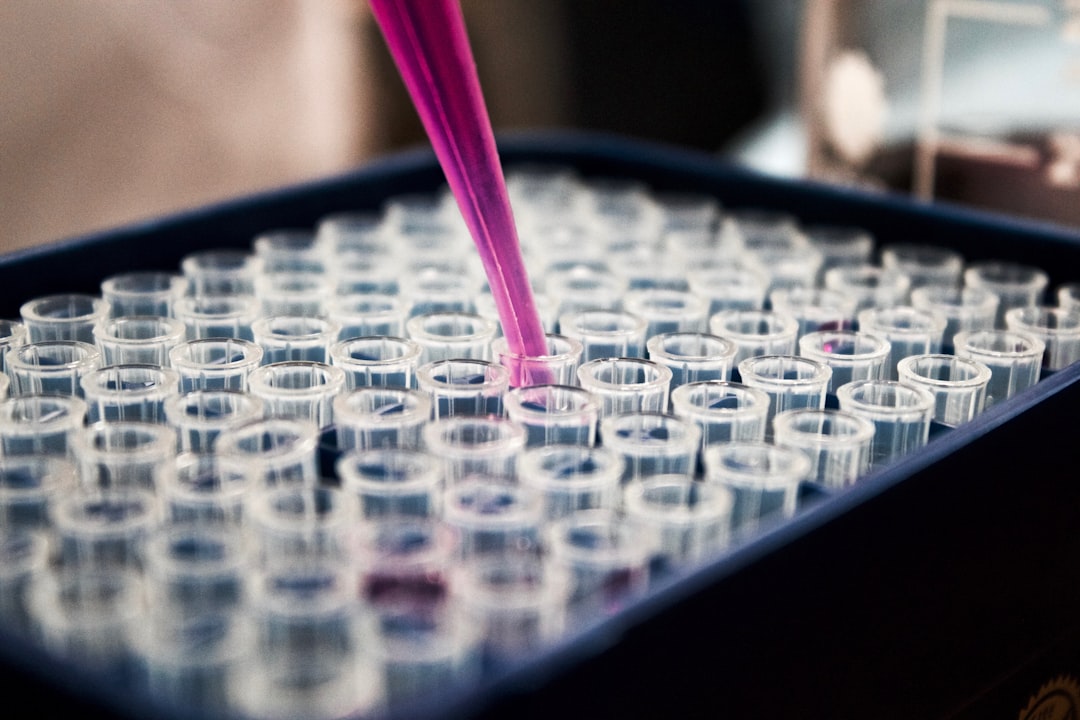What is it about?
Although it takes more time, the glucagon stimulation test (GST) is a reliable measure for assessing growth hormone (GH) and adrenocorticotropic hormone (ACTH) secretion. The GST is considered to be a safe test, however, it still has mild side effects and potential risks. Objective: The objective of this study was to analyze the side effects of the GST while testing adrenal insufficient patients.
Featured Image

Photo by Testalize.me on Unsplash
Why is it important?
During the test, 35 subjects (43.2%) had side effects with a mean age of 42.89 ± 19.75 years. Frequent side effects included: nausea (29.62%), vomiting (27.16%), abdominal cramps (18.51%) and hunger (13.58%). All patients tolerated the test until the end. Adverse effects were significantly more prevalent in patients older than 50 years (p=0.012).
Perspectives
The GST is a reliable alternative to assess hypothalamic pituitary adrenal axis but should be cautiously used especially in the elderly although its minor side effects.
Taieb Ach
Hospital University Farhat Hached Sousse Tunisia
Read the Original
This page is a summary of: Safety Assessment and Potential Risks of the Glucagon Stimulation Test in
the Diagnosis of Secondary Adrenal Insufficiency, Current Drug Safety, February 2022, Bentham Science Publishers,
DOI: 10.2174/1574886316666210727152000.
You can read the full text:
Resources
Contributors
The following have contributed to this page










